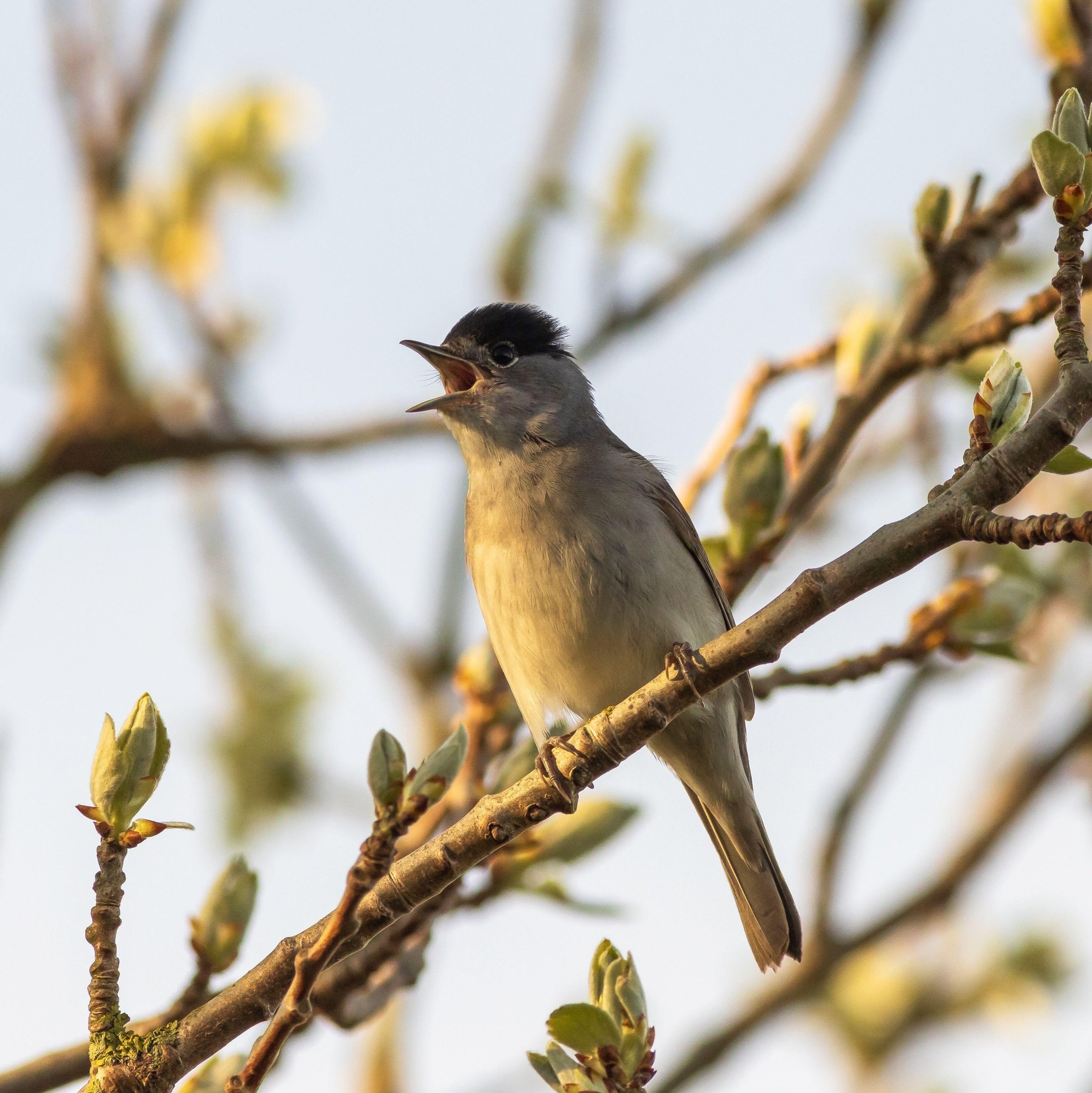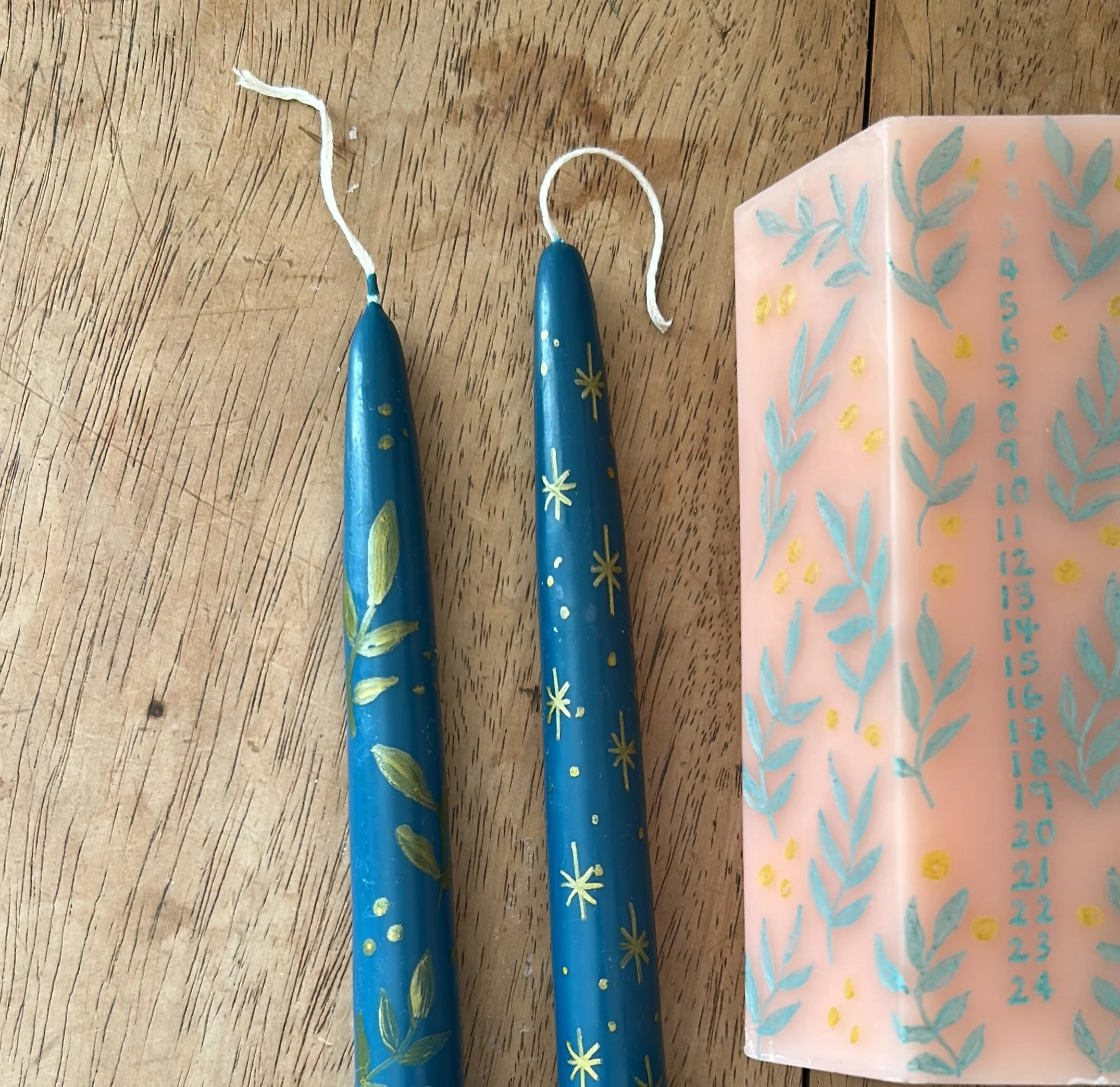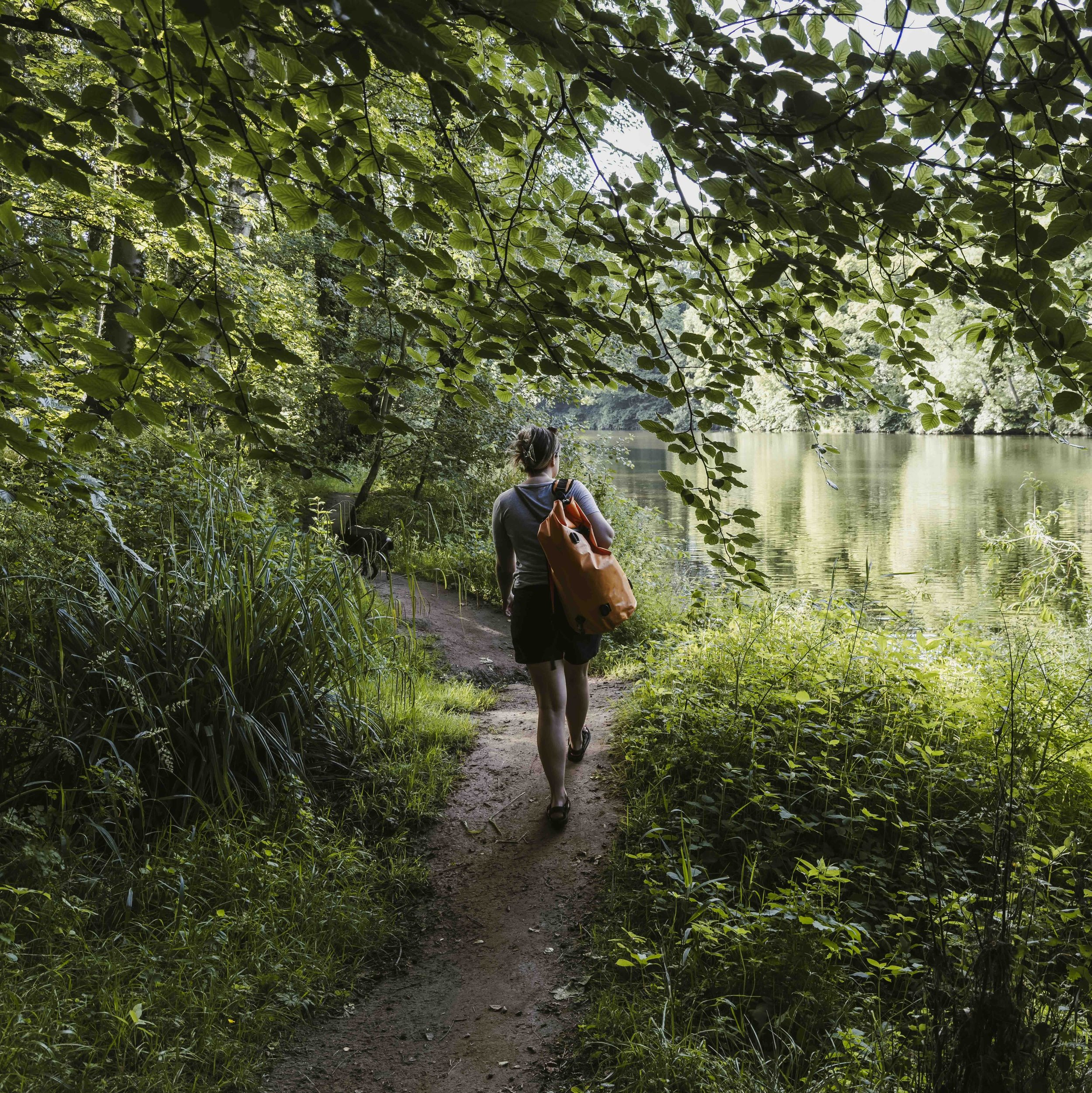As with so many things in life, the key to a good walk is all in the planning and anticipation… and the pub
Spontaneity definitely has its place, but sometimes you just need a solid plan, and a spring walk is one of those times. Heading off into the great outdoors, breathing the cold air and the world opening up before you can fill us with a confidence like nothing else. But a fair idea of how far away the nearest fish pie and a pint and a clean toilet is can really improve the mood on a long walk. Here are a few steps to planning a good walk and putting the pedestrian fates in your favour.
Start with a good map.
An Ordnance Survey Explorer map is best, as it gives you the best scale for walking and enough detail to be able to see where you can cross private land, find a phone box and might need wellies to cross a stream. If you don’t have a paper map you can always plan online at https://explore.osmaps.com/en?l.
Devise a circular walk or at least make sure there’s a bus back
Many planned walks you’ll find in books or online can leave you five miles from your start point with no hope of getting home, so plan your own but do your research. Circular walks (where the end is back at the start) are ideal, dropping you back home or to your car. But if you want to go out and not back, plan your walk to some public transport (and don’t forget to check timetables and make sure the buses run on Sundays and don’t stop at 4pm).
Get the boring but important bits out of the way first
Are you walking at the coast? You might need to check tide times. How about crossing railway tracks or busy roads? It might be an idea to check busiest times and ensure you’ll be able to cross safely. It’s also important to check the weather; not only will you need to be properly dressed and kitted out but the weather might also affect your route if high winds are predicted, for example, and you need to avoid areas that are high up or close to trees that might shed branches, perhaps.
Plan the pub
Now for the fun part. Locate the pubs (look for a PH) on the map and then do some research. There’s nothing so disheartening as arriving at the pub in the rain, ready for a roaring fire and a large glass of red only to discover it’s closed for refurbishments. Call and check they’ll be open on the day and check out the menu as well so you know what you’re looking forward to.
Plan in your snacks
While we’re on the subject of sustenance, pack plenty of water and check that there will be shops or pubs where you can refill along the way. And plan to pack up a few snacks, too, if it’s a long walk. Some cake or flapjack, wrapped in foil and a flask of tea or coffee will see you right when lunch feels a long way off.
Ditto your walking companions
Think carefully about whether your walk pals will be up to the route you’ve planned, will get on with each other and will appreciate the walk as a whole. If you choose to go alone, perhaps plan in a podcast to listen to along the way.
Seek out an adventure
Find a ‘main event’ to plan your walk around. It might be a fabulous view, an ancient church to look round or a geographical feature you want to stop off at and explore. Try to plan the walk so that the ‘event’ is about a third of the way through. You don’t want to peak too soon but you also don’t want the walk to feel like the first third of The Lord of the Rings.
Keep them guessing
Plan in a surprise, too. Your companions will thank you for something that lifts their spirits in the last part of the walk, and post pub. It could be something as silly as a great photo opportunity, or a good ice cream shop, or as impressive as a fine piece of architecture or a point of historical interest. If you’re struggling, a good tip is always an ice box with ice creams inside, stashed in the boot of your car when you get back to the start.
In our March issue, we have a feature all about ways to walk, adapted from 52 Ways to Walk: The Surprising Science of Walking for Wellness and Joy, One Week at a Time by Annabel Streets (Bloomsbury). Buy this month's The Simple Things - buy, download or subscribe
More from our blog…























